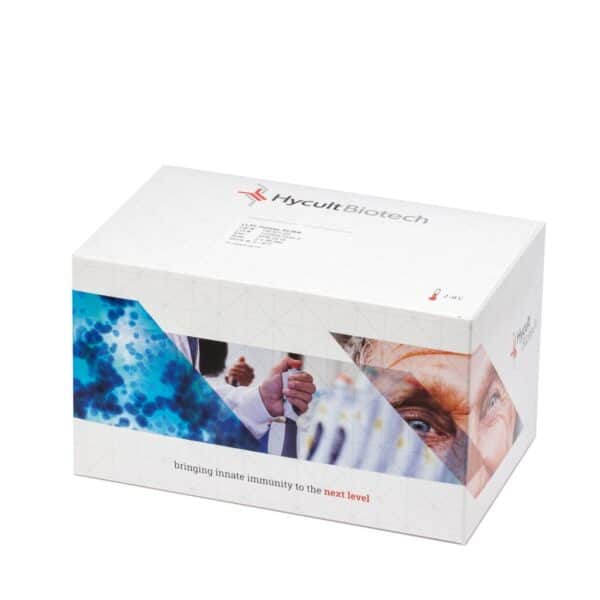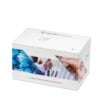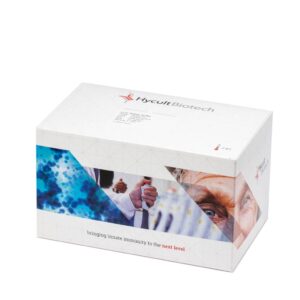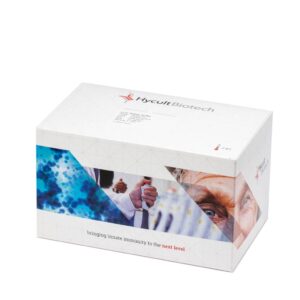LAL Chromogenic Endpoint Assay
Bacterial endotoxin, like lipopolysaccharide (LPS), is a fever-producing by-product of gram-negative bacteria commonly known as pyrogen.
Read more€1,450.00
Bacterial endotoxin, like lipopolysaccharide (LPS), is a fever-producing by-product of gram-negative bacteria commonly known as pyrogen.
The principle of the test is based on the fact that bacteria cause intravascular coagulation in the American horseshoe crab, Limulus polyphemus. The agent responsible for the clotting phenomena resided in the crab’s amoebocytes, or circulating blood cells, and that pyrogen (bacterial endotoxin) triggered the turbidity and gel-forming reaction enzymatically. Thus, endotoxin causes an opacity and gelation in Limulus amebocyte lysate (LAL), which is based on an enzymatic reaction.
The simplicity and economy of the LAL chromogenic endpoint assay encourages the testing of various biologicals (including sera), devices, (air)filters and tissue culture medium for the presence of harmful levels of endotoxin.
You may also like…
-
View product €756.00 – €1,223.00
-
View product €756.00 – €1,223.00
You may be interested in…
-
View product €825.00 – €1,359.00
-
View product €688.00 – €1,127.00
-
LBP, various species, ELISA kit
Cross reactivityBovine – Yes, Canine – Yes, Chimpanzee – Yes, Cynomolgus monkey – Yes, Human – Yes, Rabbit – Yes, Rat – Yes, Rhesus monkey – Yes, Sheep – Yes, Swine – YesView product €1,099.00












